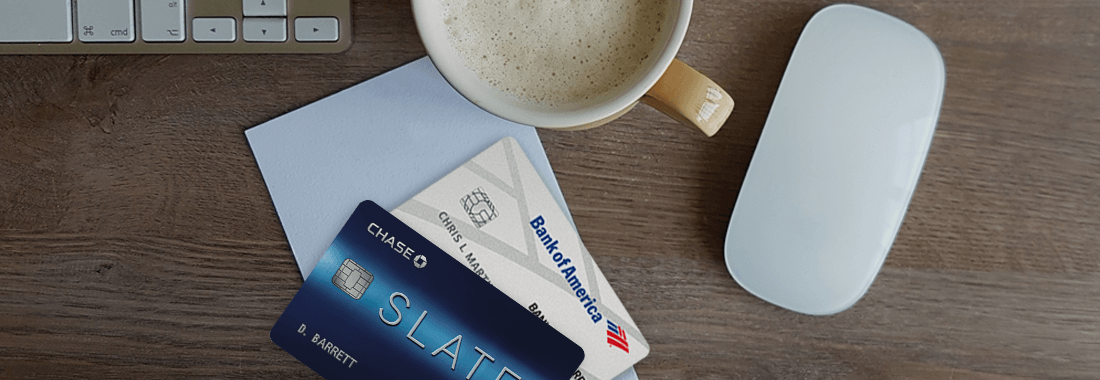
Wouldn’t it be great if you could withdraw cash from your
Chances are, your credit card issuer provides cash advances as a service. The service lets you get cash with a credit card, which you can do in the following ways: at an ATM, at a bank counter or via checks the bank sends you by mail. Needless to say, overspending is a bad habit and should not be the reason why you need cash. Things happen, and perhaps, an unplanned emergency put you over budget, and now you need money for rent or a car payment—things you typically cannot pay with a credit card. You might think about taking out cash from your credit card.
Cash advances typically have limits that are lower than your overall credit limit, so make sure to check your credit card statement before withdrawing a cash advance. For example, your credit access line is $5,000, but your cash access line is only $1,000, which means you cannot withdraw more than the specified limit. However, limits aren’t the only problems with cash advances. Let’s take a look at why a credit card cash withdrawal can hurt you.
Why Using a Credit Card at an ATM is a Bad Idea
Cash Advance Fee:
Most credit cards charge a cash advance fee. That fee varies from card to card, but it’s always tacked on to your withdrawal amount. The cash advance fee can be between 2 and 5 percent of the total amount withdrawn or a set cash amount whichever is greater.
ATM Fee:
If you need quick cash, chances are you don’t run around town looking for an ATM associated with your financial institution. I bet you go to the closest ATM you can find. When you travel abroad, ATM fees also can include
High Cash Advance APR:
Your card member agreement lists all the fees associated with using your card, and cash withdrawal charges are typically higher than your regular purchase APR. A lot higher. The average airline rewards card’s purchase APR is 16.24 percent, and the average cash advance APR is 25.24 percent—quite an increase from the regular purchase rates.
No Grace Period:
This is probably the worst and the most important attribute of a credit card cash advance, one that can turn your sudden need for cash from innocent to dangerous. Whereas you typically have a few weeks after your statement closes to pay off your credit card purchases, a cash advance does not offer a grace period, which means you start owing interest on the amount the very moment you get the cash.
No Rewards:
In addition to being a bad financial proposition in general, cash advances do not earn
Hypothetical Cash Advance Costs
Say, you need $1,000 to pay rent this month and your cash advance fee is either $10 or 5 percent. In this hypothetical scenario, you have to pay back $1,050 before you even collect the cash from the ATM. Immediately you’re down $50, and that’s without extra fees.
Let’s say you need 10 days to pay off the cash advance. At a rate of 25.24 percent, you will end up owing $6.91 after 10 days. Add an out-of-network average ATM fee of $4.69, and you owe $61.60 total on a short-term loan. No thanks! As you can see, a cash advance gets expensive quickly and should be utilized as a last resort only.
As much as paying late fees goes against all financial advice, you might want to compare credit card cash withdrawal charges with the potential late fees on the original payment. If the cash advance fees exceed the penalty, you don’t want to go down that road just to pay your landlord on time.
How to Avoid Hefty Fees Associated with a Cash Advance
Use a Credit Card that Waives Cash Advance Fees:
This option might not be available to everyone, but some smaller banks and credit unions issue credit cards that charge zero cash advance fees. If you hold one of these cards, it’s the best way to access some green in a pinch. Keep in mind that interest starts accruing on the first day.
Open a Balance Transfer Card:
For example, the Citi® Diamond Preferred® Card comes with 0% intro APR for 21 months with a standard 5% balance transfer fee of each balance transfer. The card has no annual fee and no rewards program. So, it will be easier for you to concentrate on paying off your debt rather than increasing it. Just remember that credit card balance transfer can take from two to 21 days to post to your account.

Use Your Existing Credit Card:
If you need to make a mortgage, tuition or tax payment, it’s possible to use your credit card through a third-party payment processor. For example, Plastiq offers the convenience of paying your bills with a credit card, for a fee. Plastiq charges 2.5 percent of the total amount paid, which sure beats the high cash advance charges.
Ask Your Friend/Family Member to Reimburse:
If your close friend or a family member needs to make a large purchase in the near future, offer to pay with your card and ask for a cash reimbursement. The chances of this happening right before you need fast cash are slim, but if it does, see if your friend can help you out. This way, you eliminate the cash advance fees and the interest does not accrue right away. Just make sure you can pay off your balance before it’s due.
In Conclusion
Cash advances are not as great as they seem, and I recommend avoiding them as much as possible. Perhaps you can access a savings account, borrow money from a friend or use a third-party payment processor to pay places that don’t accept credit cards. Emergencies happen, but it’s better to use any other option than withdraw money from your credit card. The fees are just not worth the convenience.





